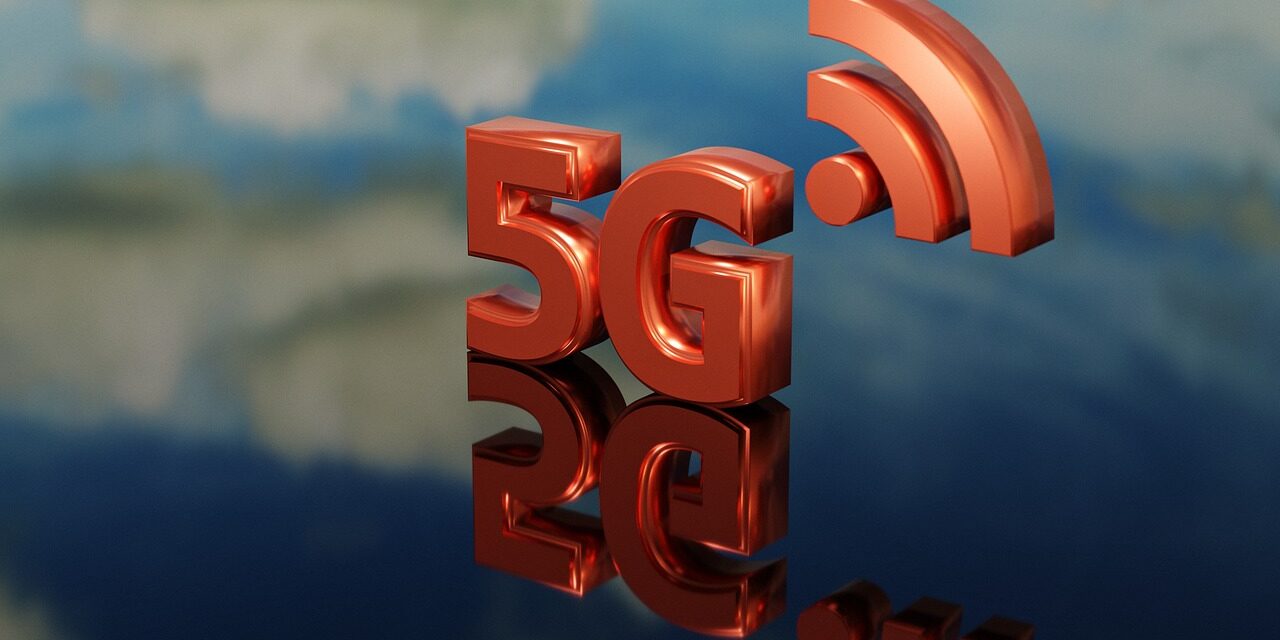Introduction to 5G Networks
5G Networks In the ever-evolving landscape of technology, the advent of 5G networks has sparked a revolution in connectivity that promises to redefine the way we communicate. As we stand on the brink of a new era, it’s essential to understand the profound impact 5G will have on our daily lives, businesses, and society as a whole.
The Need for Speed
One of the key promises of 5G technology lies in its unprecedented speed. Compared to its predecessor, 4G, 5G boasts significantly faster data transfer rates. This leap in speed is not just about quicker downloads; it’s about enabling real-time communication and the seamless integration of devices.
Real-Time Communication
With 5G, latency – the time it takes for data to travel from the source to the destination – is drastically reduced. This means that our online experiences will become more immediate and responsive. Video calls will be clearer, online gaming will be virtually lag-free, and virtual reality experiences will be more immersive than ever before.
5G Networks
The Internet of Things (IoT) Revolution
As 5G networks roll out, the Internet of Things will undergo a transformation. The increased speed and capacity of 5G will enable a vast number of devices to connect and communicate simultaneously. From smart homes and autonomous vehicles to industrial applications, 5G will lay the foundation for a more interconnected world.
Smart Cities
Imagine a city where traffic lights communicate with cars in real time, optimizing traffic flow. Picture waste management systems that alert authorities when bins are full, leading to more efficient collection routes. With 5G, smart city initiatives will become a reality, enhancing urban living through data-driven efficiency.
Empowering Businesses
The business landscape is set to undergo a paradigm shift with the implementation of 5G networks. Industries will leverage the technology to streamline operations, enhance productivity, and open new possibilities.
Remote Work and Collaboration
The COVID-19 pandemic highlighted the importance of remote work, and 5G will further empower this trend. High-speed, low-latency connectivity will enable seamless collaboration, with teams working together as if they were in the same room, regardless of geographical distances.
5G Networks
Augmented Reality (AR) and Virtual Reality (VR)
Industries like healthcare, education, and manufacturing will benefit from the integration of AR and VR technologies powered by 5G. Surgeons could perform remote surgeries with precision, students could immerse themselves in virtual learning environments, and manufacturers could optimize processes with real-time data visualization.
The Challenges Ahead
While the promise of 5G is vast, its implementation is not without challenges. From infrastructure requirements to security concerns, there are hurdles to overcome. The transition to 5G will require substantial investments and a collaborative effort from governments, businesses, and technology providers.
Conclusion of 5G Networks
As we stand on the cusp of the 5G era, the potential for revolutionizing connectivity is immense. From faster and more reliable commun0ication to the widespread integration of IoT and the transformation of industries, the impact of 5G networks will be felt across the globe. Embracing this technological leap will pave the way for a future where connectivity is not just a convenience but a cornerstone of innovation and progress. The 5G revolution is here, and it’s set to transform the way we communicate in ways we are only beginning to imagine.





